Home>Renovation & DIY>Tools & Equipment>How To Clean Stained Paint Brushes
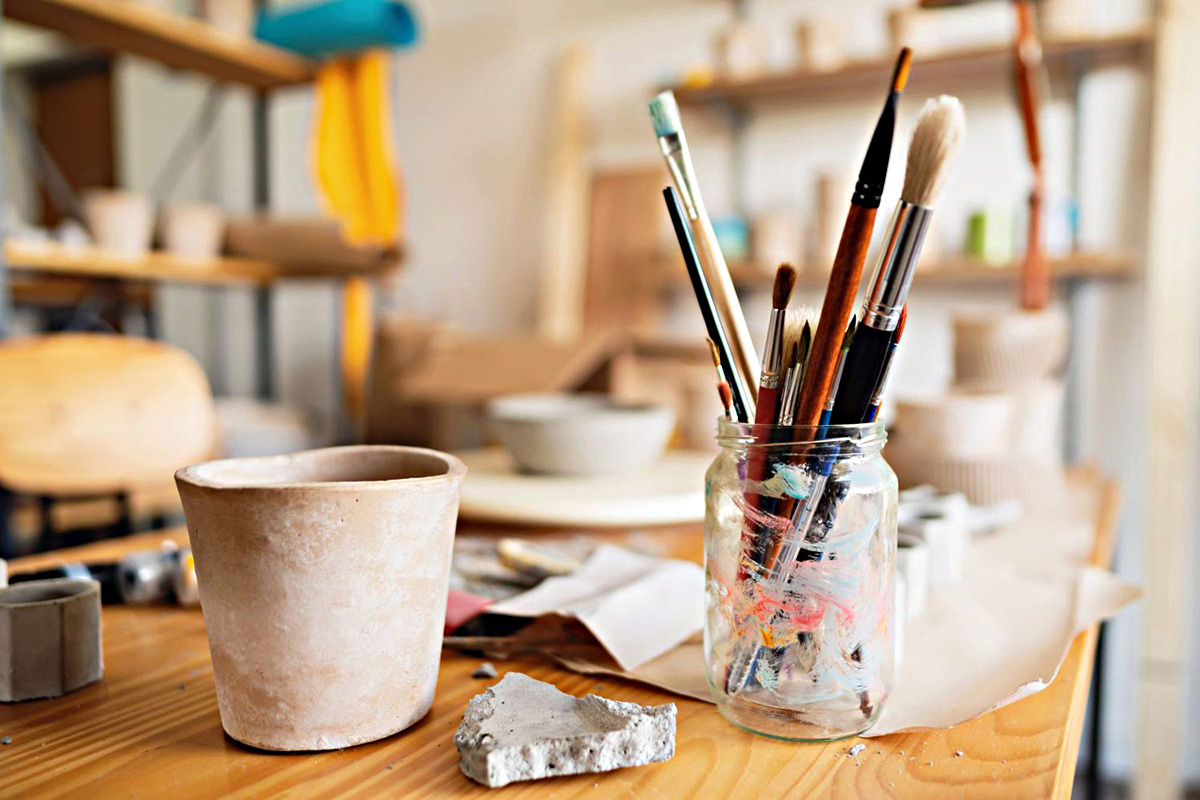

Tools & Equipment
How To Clean Stained Paint Brushes
Modified: February 26, 2024
Learn how to effectively clean stained paint brushes with our expert tips and tricks. Keep your tools and equipment in top condition for your next project.
(Many of the links in this article redirect to a specific reviewed product. Your purchase of these products through affiliate links helps to generate commission for Storables.com, at no extra cost. Learn more)
Introduction
Painting is a rewarding and creative endeavor, but the aftermath of dealing with stained paint brushes can be daunting. Whether you’re a professional artist, a DIY enthusiast, or a homeowner tackling a painting project, the inevitable cleanup of paint brushes is a crucial step in maintaining their longevity and performance. Over time, paint can harden on the bristles, making it challenging to achieve a smooth finish in future projects. Fortunately, with the right materials and techniques, you can effectively restore your stained paint brushes to their former pristine condition.
In this comprehensive guide, we’ll explore the step-by-step process of cleaning stained paint brushes, ensuring that you can confidently tackle this task with ease. From removing excess paint to utilizing specialized brush cleaners, we’ll cover all the essential methods to rejuvenate your paint brushes. By following these techniques, you’ll not only extend the lifespan of your brushes but also maintain the quality of your future painting endeavors. So, gather your stained paint brushes and let’s embark on the journey to restore them to their original glory!
Key Takeaways:
- Revive stained paint brushes by removing excess paint, soaking in solvent, and using a specialized brush cleaner. Thoroughly rinse and dry to maintain their quality for future painting projects.
- Proper care and maintenance of paint brushes extend their lifespan and contribute to the quality of artistic or DIY projects. Embrace the restoration journey with confidence for vibrant and flawless creations.
Read more: How To Clean Foam Paint Brushes
Materials Needed
Before diving into the process of cleaning stained paint brushes, it’s essential to gather the necessary materials to ensure a thorough and effective restoration. Here’s a list of items you’ll need:
- Stained Paint Brushes: The brushes that require cleaning.
- Old Rag or Paper Towels: For wiping off excess paint from the brushes.
- Container: A container large enough to hold the brushes while soaking.
- Paint Thinner or Mineral Spirits: Depending on the type of paint used, you may need a solvent to loosen the hardened paint from the bristles.
- Brush Cleaner: A specialized brush cleaner designed to break down and remove paint residues from the bristles.
- Liquid Dish Soap: For an additional cleaning step to ensure all paint and solvents are thoroughly removed.
- Warm Water: To aid in the cleaning process and rinsing of the brushes.
- Wire Brush Comb or Tool: Optional for stubborn, dried paint that may require additional agitation.
- Empty Cans or Jars: For disposing of any leftover paint thinner or solvent properly.
- Protective Gloves: To shield your hands from harsh chemicals and solvents.
- Well-Ventilated Area: An open space or a well-ventilated room to ensure proper air circulation while working with solvents and cleaners.
By having these materials at your disposal, you’ll be well-equipped to undertake the process of cleaning stained paint brushes effectively and with minimal hassle.
Step 1: Removing Excess Paint
Before delving into the cleaning process, it’s crucial to start by removing as much excess paint from the brushes as possible. This initial step helps prevent the spread of paint residues and facilitates a more efficient cleaning process. Here’s how to effectively remove excess paint from your stained brushes:
- Wipe with a Rag or Paper Towel: Begin by gently wiping the bristles of the paint brush with an old rag or paper towel. This action helps remove the bulk of the wet paint, preventing it from hardening further.
- Scrape the Bristles: If the paint is particularly thick or stubborn, you can use a flat surface, such as the edge of a table or a paint can, to gently scrape the bristles. Be cautious not to deform the shape of the bristles during this process.
- Use a Brush Comb: For brushes with hardened or dried paint, a wire brush comb or tool can be used to delicately comb through the bristles, dislodging any remaining paint particles. This step is particularly useful for brushes with densely packed bristles.
By meticulously removing excess paint from the brushes, you pave the way for a more effective cleaning process, ensuring that the remnants of paint do not impede the restoration of your brushes. Once you’ve completed this step, you’re ready to proceed to the next phase of the cleaning process.
Step 2: Soaking the Brushes
Soaking the stained paint brushes is a pivotal step in the cleaning process, especially for brushes with dried or stubborn paint residues. By allowing the bristles to soak in a suitable solvent or cleaning solution, the hardened paint is gradually loosened, making it easier to remove. Here’s how to effectively soak your stained paint brushes:
- Select a Suitable Container: Choose a container that is spacious enough to accommodate the brushes without overcrowding. This allows the bristles to be fully submerged in the soaking solution.
- Pour the Solvent or Cleaner: Depending on the type of paint used, pour an appropriate solvent or specialized brush cleaner into the container. For oil-based paints, mineral spirits or paint thinner are commonly used, while water-based paints may require a specific brush cleaner designed for acrylic or latex paints.
- Submerge the Brushes: Immerse the stained paint brushes in the solvent or cleaner, ensuring that the bristles are fully submerged. The soaking duration may vary based on the severity of the paint buildup, ranging from several hours to overnight.
- Monitor the Soaking Progress: Periodically check the brushes to observe the loosening of the paint. Gentle agitation within the soaking solution can expedite the process, aiding in the breakdown of the hardened paint.
By allowing the brushes to soak, the solvent or cleaner effectively penetrates the bristles, softening the paint and preparing it for the subsequent cleaning stages. Once the soaking process has sufficiently loosened the paint residues, you’re ready to proceed to the next phase of restoring your stained paint brushes.
To clean stained paint brushes, soak them in a mixture of warm water and mild dish soap for a few hours. Then, use a brush comb or your fingers to remove the paint, and rinse with clean water. Repeat if necessary.
Step 3: Using a Brush Cleaner
Utilizing a specialized brush cleaner is an effective method to further break down and remove stubborn paint residues from the bristles of stained paint brushes. These cleaners are specifically formulated to dissolve paint, ensuring a thorough restoration of the brushes. Here’s how to effectively use a brush cleaner in the cleaning process:
- Prepare the Cleaning Solution: If you’re using a concentrated brush cleaner, dilute it according to the manufacturer’s instructions. Ensure that you have the appropriate ratio of cleaner to water to achieve optimal results.
- Submerge the Brushes in the Cleaner: Place the stained paint brushes in the prepared cleaning solution, ensuring that the bristles are fully immersed. The cleaner works to further break down any remaining paint residues, including those lodged deep within the bristles.
- Gently Agitate the Brushes: Lightly agitate the brushes within the cleaning solution, allowing the cleaner to penetrate the bristles thoroughly. This action helps dislodge any stubborn paint particles, ensuring a comprehensive cleaning process.
- Allow Sufficient Contact Time: Depending on the severity of the paint buildup, allow the brushes to remain in the cleaning solution for the recommended duration, typically as specified by the manufacturer. This ensures that the cleaner effectively dissolves the paint residues.
- Rinse the Brushes: After the brushes have undergone the cleaning process, thoroughly rinse them under running water to remove any remaining cleaner and dissolved paint. Gently comb through the bristles with your fingers to ensure complete removal of residues.
By incorporating a specialized brush cleaner into the cleaning process, you can effectively tackle persistent paint residues, ensuring that your stained paint brushes are thoroughly rejuvenated and ready for future use. Once the brushes have been cleaned using the brush cleaner, you’re prepared to advance to the final phase of the restoration process.
Read more: How To Clean Urethane Paint Brushes
Step 4: Rinsing and Drying
After the stained paint brushes have undergone the cleaning and soaking processes, it’s essential to conclude the restoration with thorough rinsing and proper drying techniques. This final step ensures that all residues of paint, solvents, and cleaners are completely removed, allowing the brushes to regain their original functionality. Here’s how to effectively rinse and dry your stained paint brushes:
- Rinse Under Running Water: Thoroughly rinse the brushes under running water, gently massaging the bristles to dislodge any remaining paint and cleaning residues. Continue rinsing until the water runs clear, indicating that the brushes are free from any lingering residues.
- Inspect for Residue: After rinsing, visually inspect the bristles to ensure that no traces of paint or cleaner remain. Gently run your fingers through the bristles to detect any residual particles, and if necessary, repeat the rinsing process until the brushes are entirely clean.
- Shape the Bristles: Once the brushes are clean, reshape the bristles to their original form, ensuring that they are evenly aligned and free from clumping. This step is crucial for maintaining the brushes’ functionality and achieving precise paint application in future use.
- Dry the Brushes: After rinsing, gently pat the bristles with a clean cloth or paper towel to remove excess water. Then, place the brushes on a flat surface or hang them with the bristles facing downward to air-dry completely. It’s important to allow the brushes to dry thoroughly before storing them to prevent mold or mildew formation.
- Store in a Suitable Location: Once the brushes are completely dry, store them in a well-ventilated area or a designated brush holder to maintain their shape and prevent damage to the bristles.
By diligently rinsing and drying the stained paint brushes, you ensure that they are free from any remnants of paint, solvents, or cleaners, thus preserving their quality and usability for future painting projects. With the completion of this final step, your stained paint brushes are now rejuvenated and ready to be utilized in your next artistic or DIY endeavor.
Conclusion
Cleaning stained paint brushes is a vital aspect of maintaining the quality and longevity of your painting tools. By following the comprehensive process outlined in this guide, you’ve acquired the knowledge and techniques necessary to effectively restore your stained brushes to their original pristine condition. From removing excess paint to utilizing specialized brush cleaners and ensuring thorough rinsing and drying, each step plays a crucial role in rejuvenating your brushes for future use.
Remember, the proper care and maintenance of your paint brushes not only extend their lifespan but also contribute to the quality and precision of your painting endeavors. By investing the time and effort in cleaning your stained brushes, you ensure that they remain reliable tools for achieving impeccable finishes in your artistic or DIY projects.
So, the next time you find yourself faced with stained paint brushes, approach the cleaning process with confidence, armed with the knowledge and techniques shared in this guide. Embrace the restoration journey, knowing that your diligence will result in brushes that are primed and ready to bring your creative visions to life.
With your newly revitalized paint brushes at the ready, you’re well-equipped to embark on your next painting venture, confident in the performance and longevity of your meticulously cleaned tools. Here’s to many more vibrant and flawlessly executed artistic creations with your rejuvenated paint brushes!
Frequently Asked Questions about How To Clean Stained Paint Brushes
Was this page helpful?
At Storables.com, we guarantee accurate and reliable information. Our content, validated by Expert Board Contributors, is crafted following stringent Editorial Policies. We're committed to providing you with well-researched, expert-backed insights for all your informational needs.
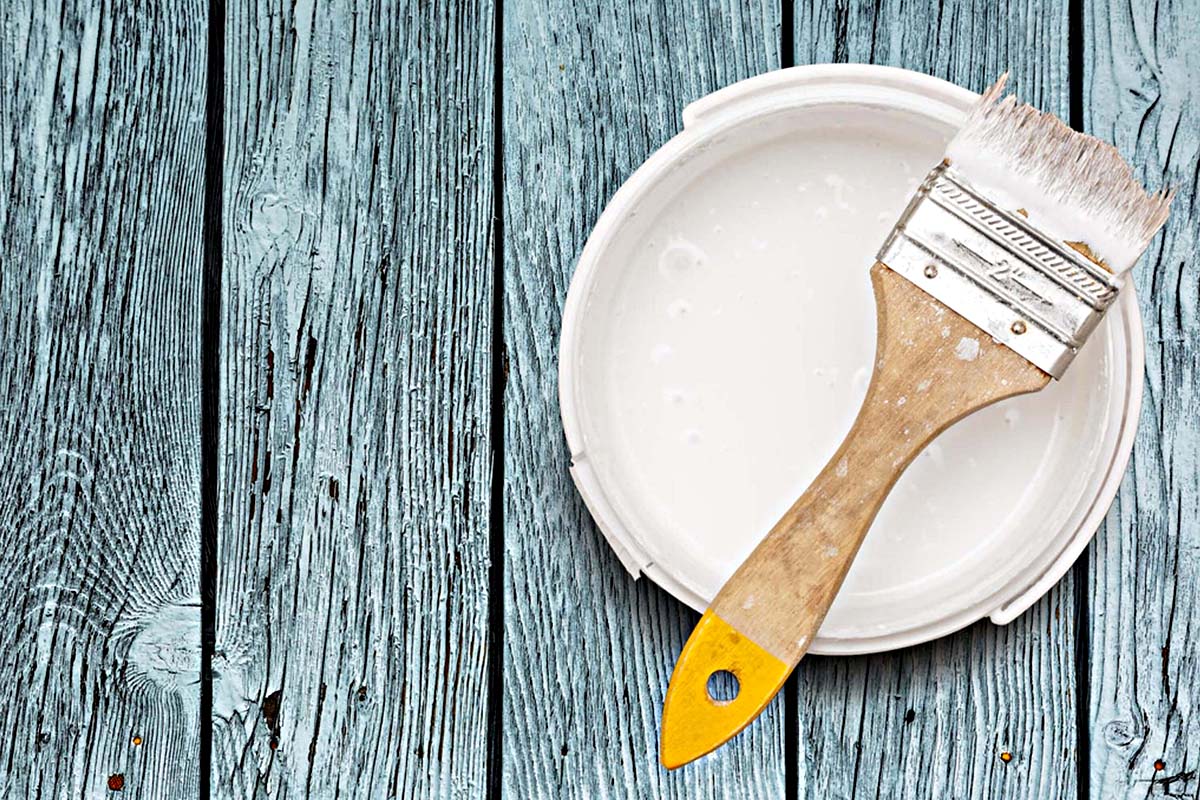
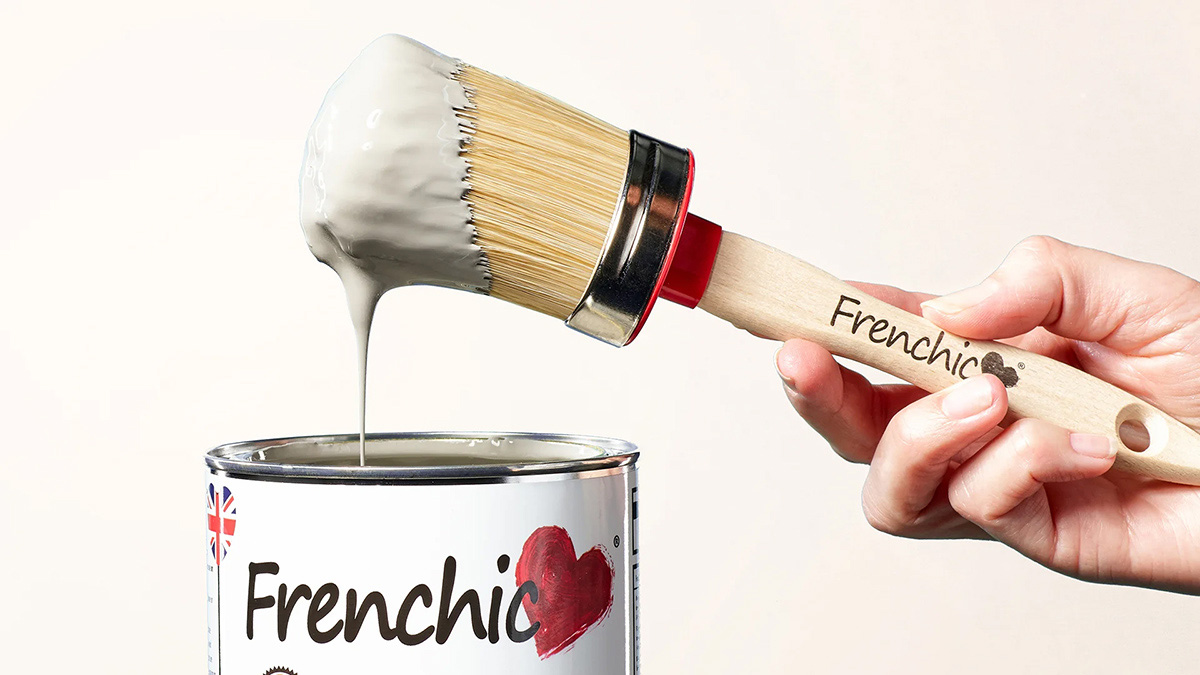
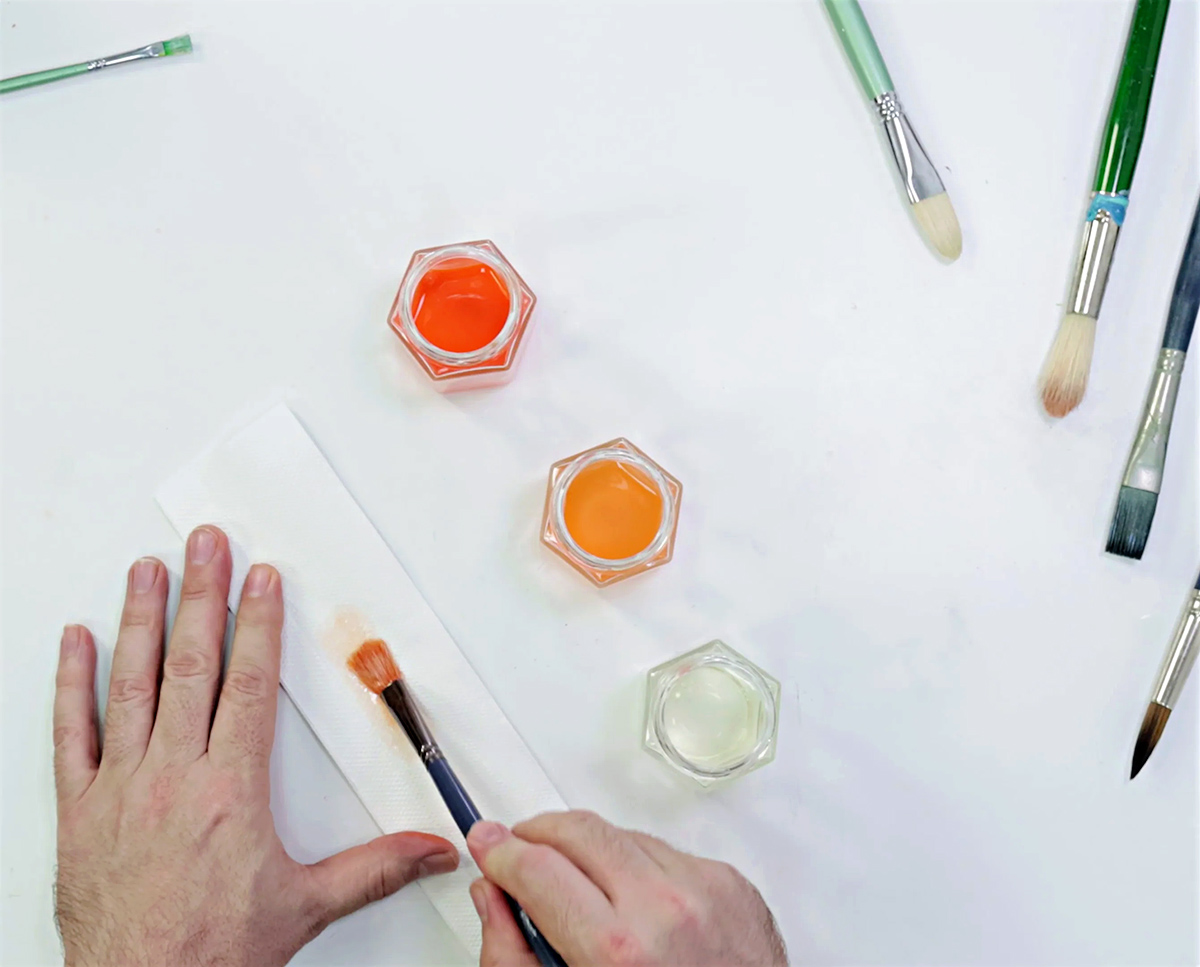
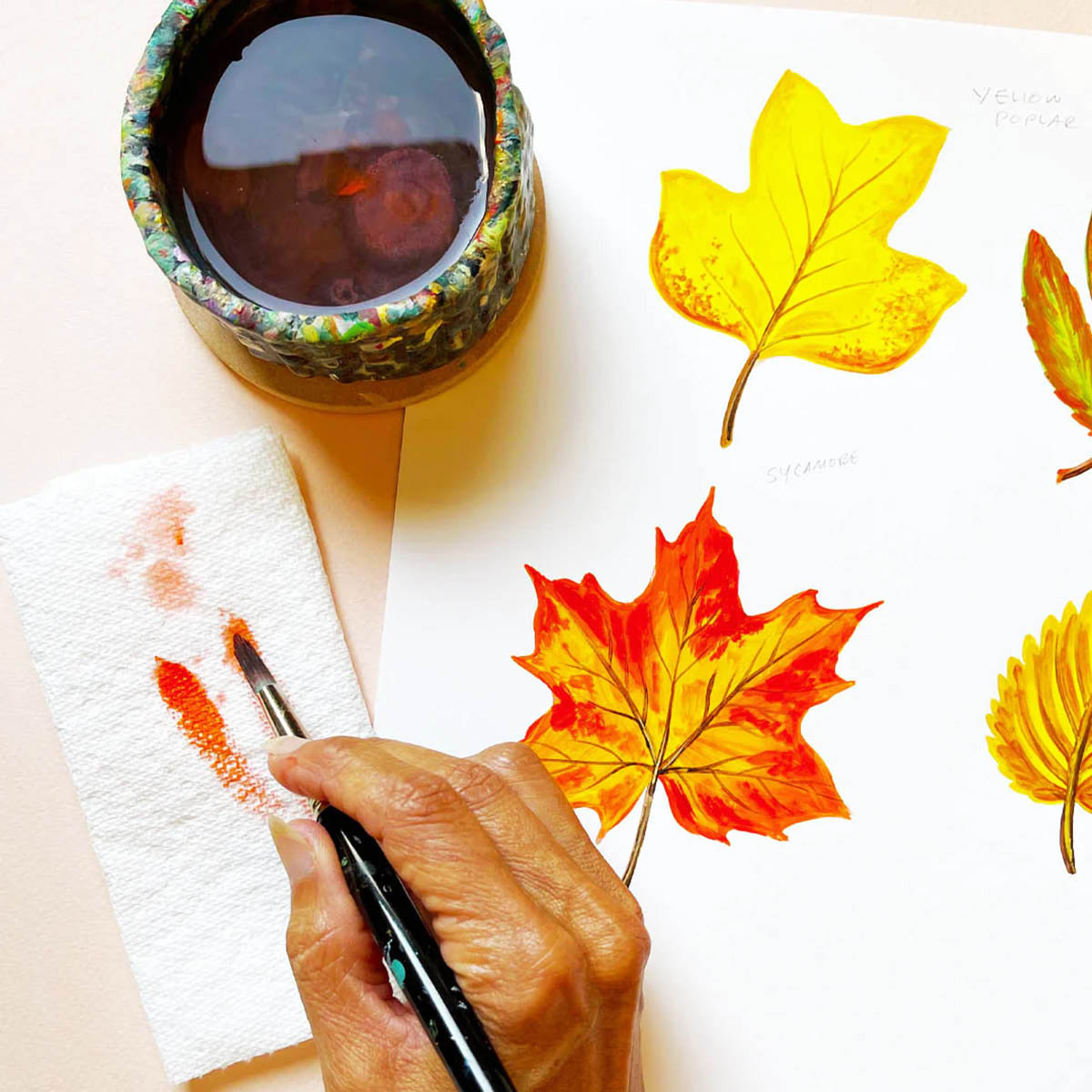
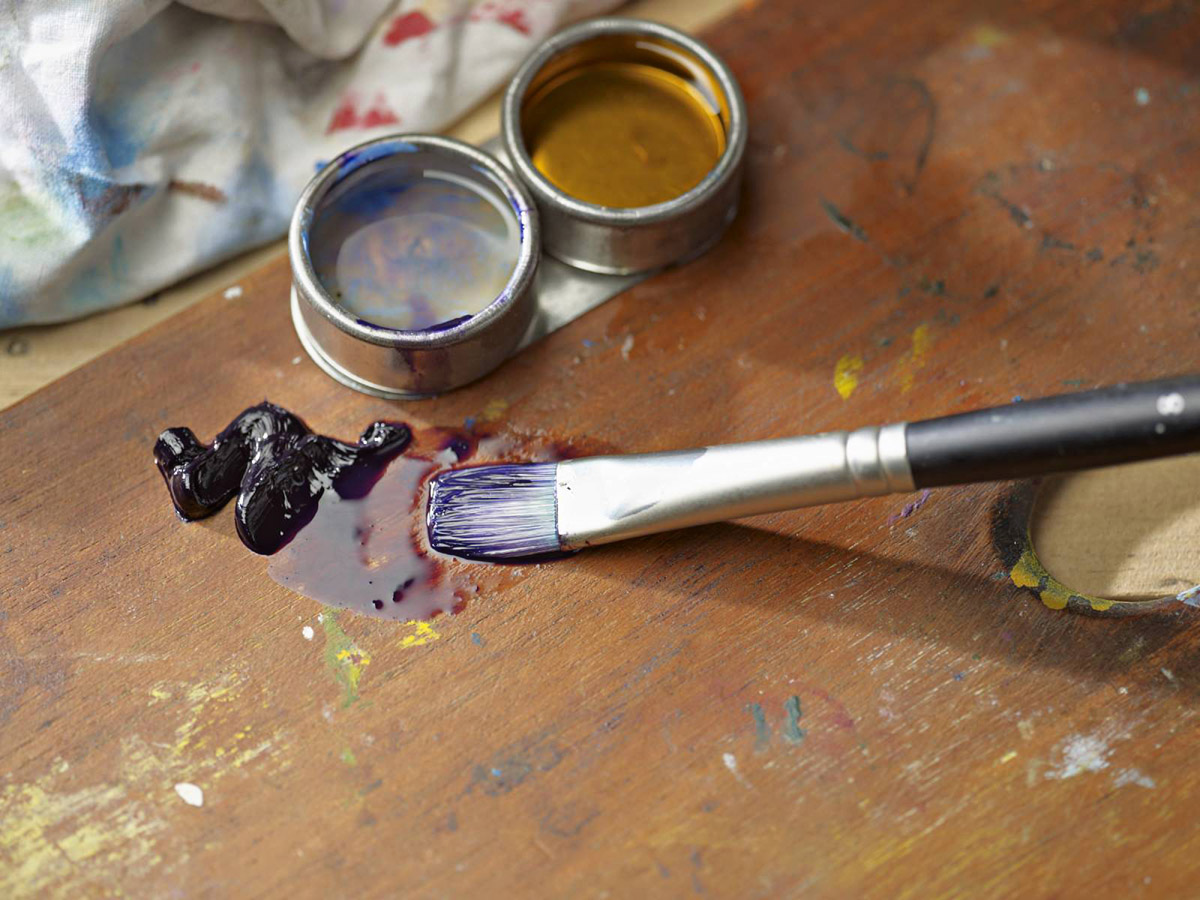
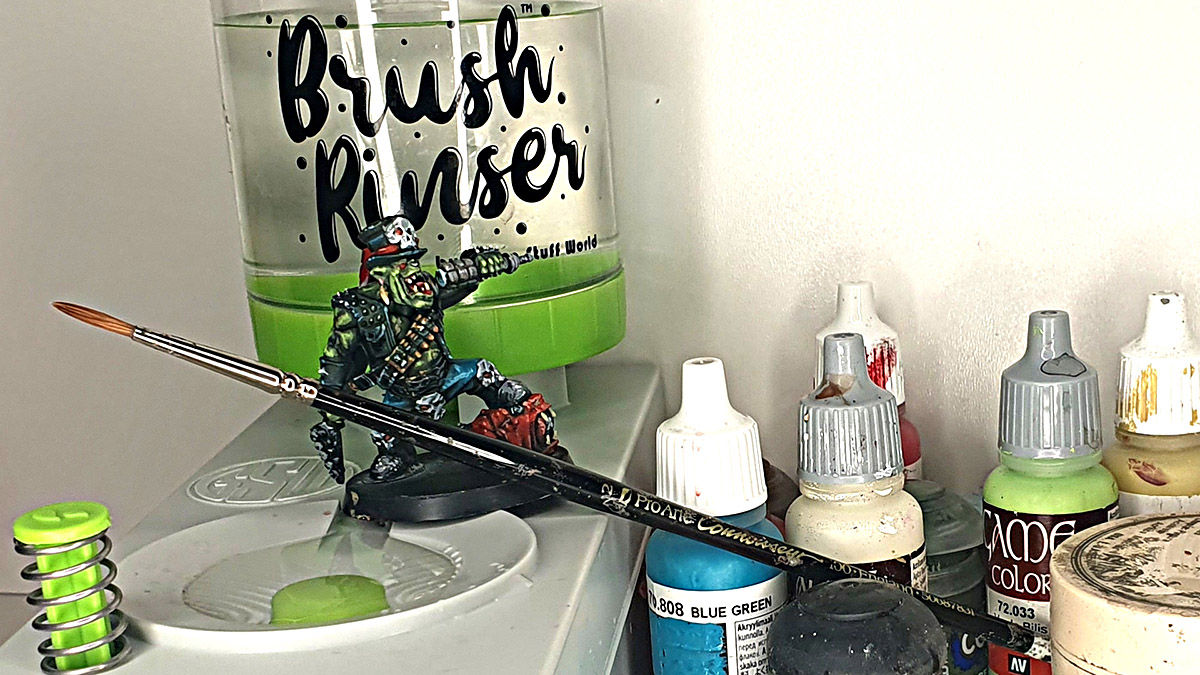
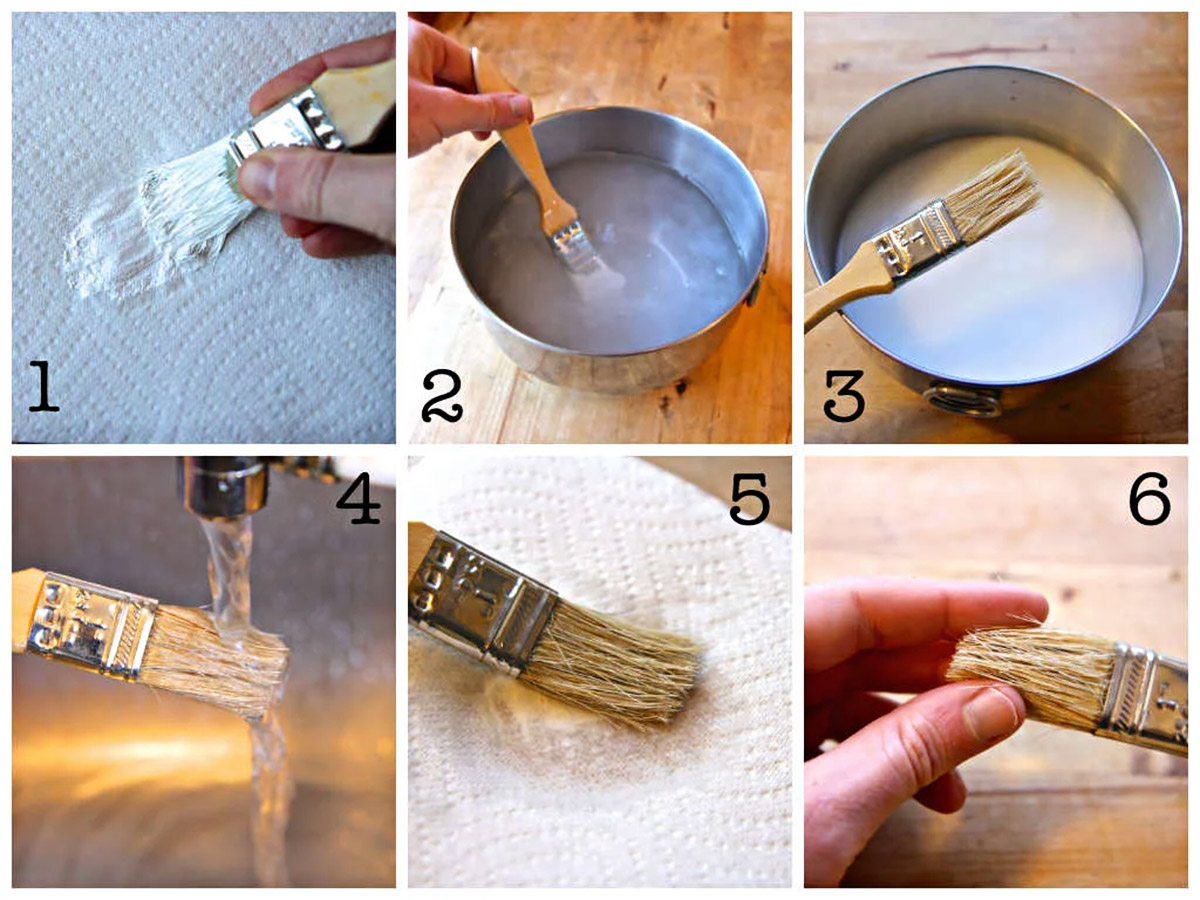
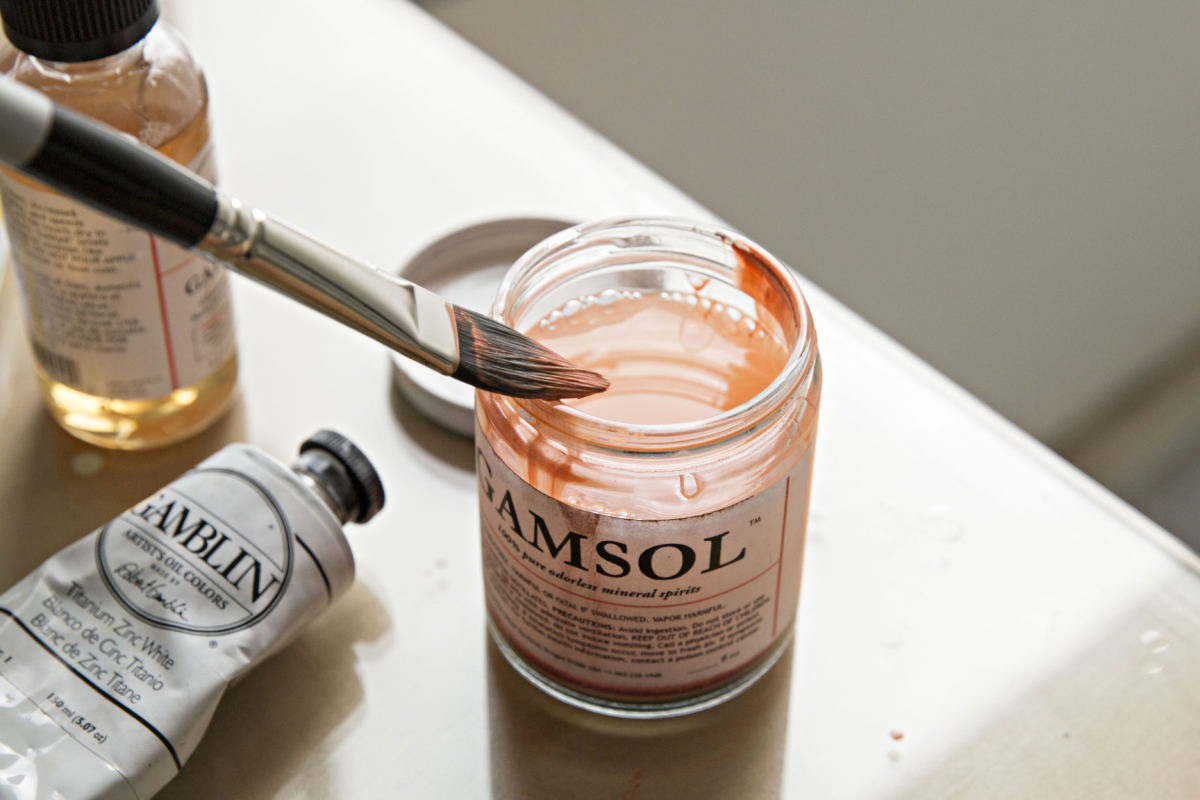
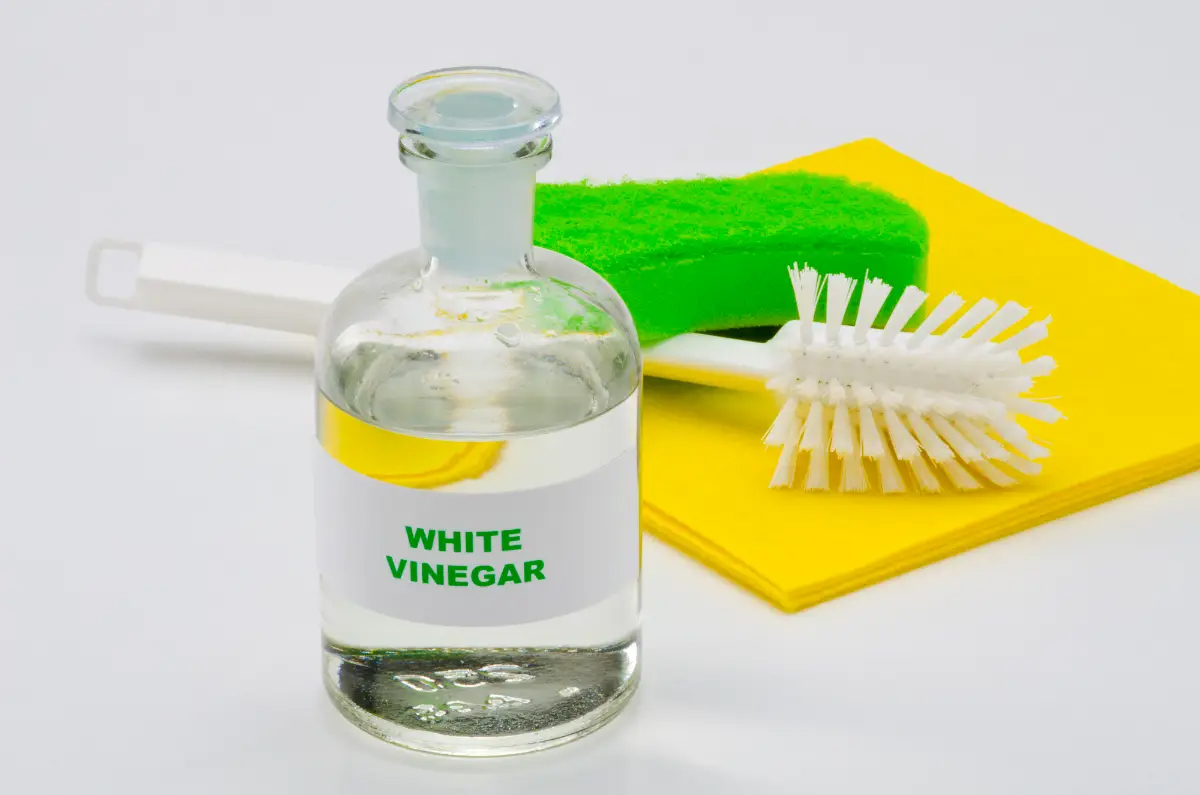
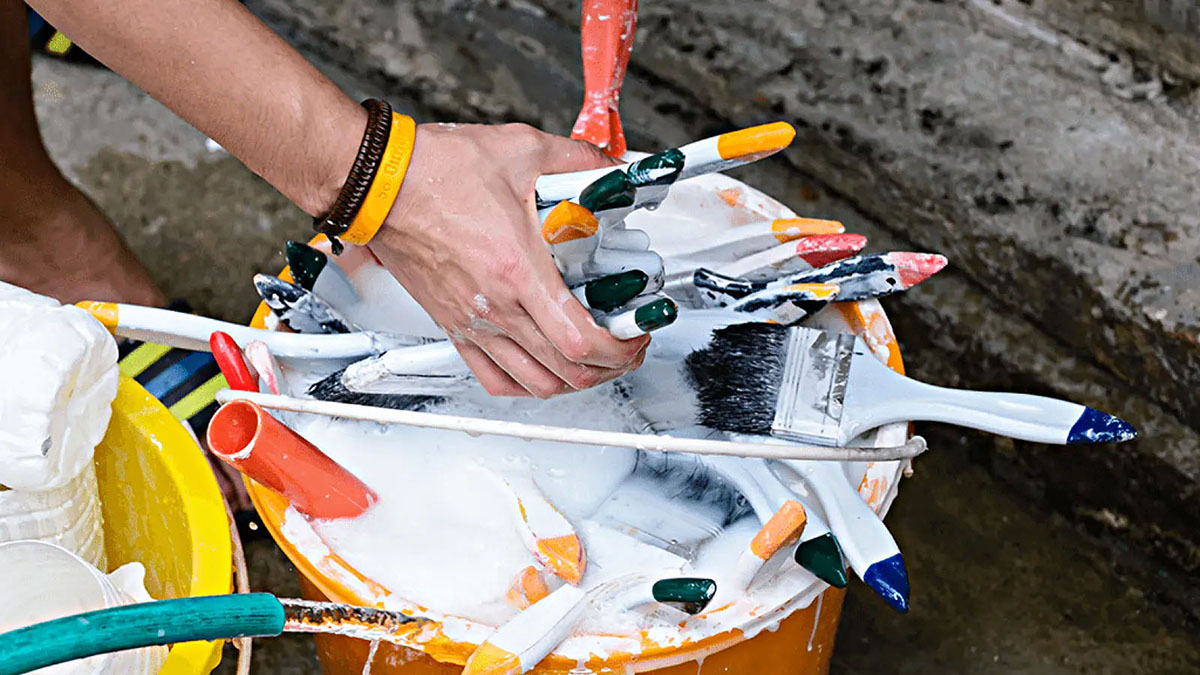
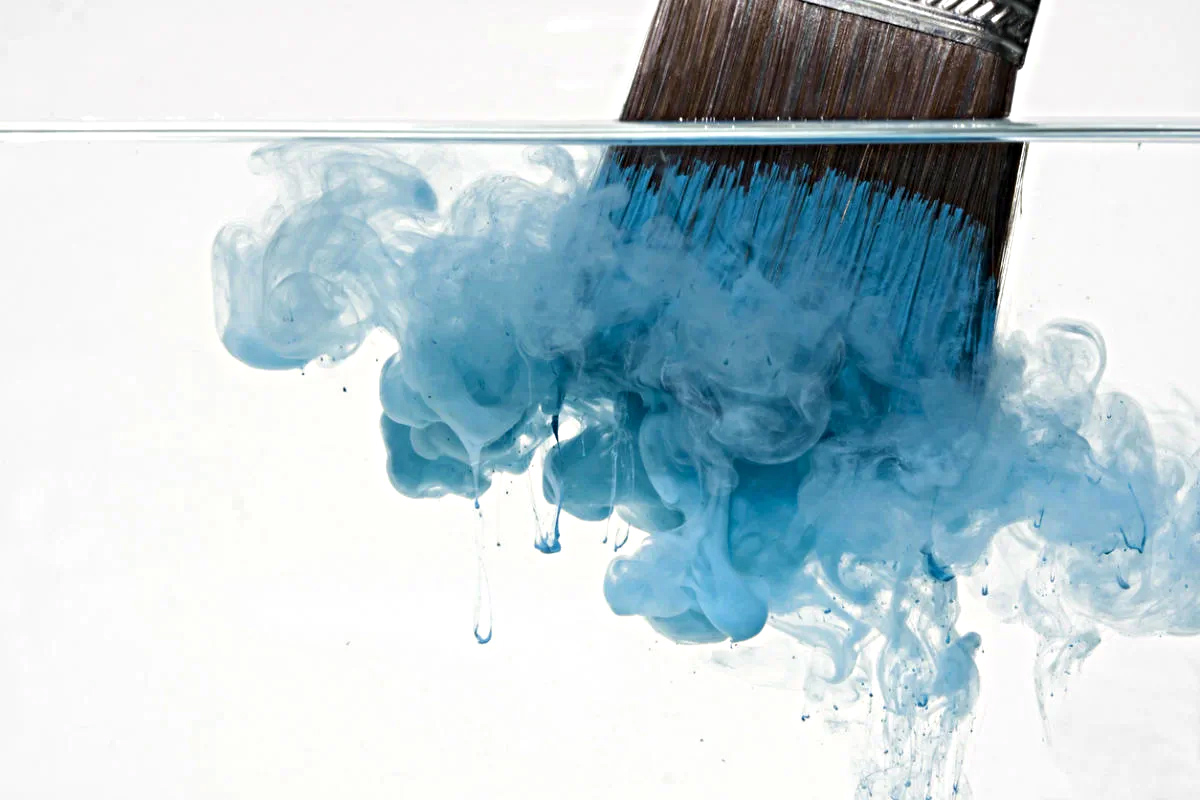
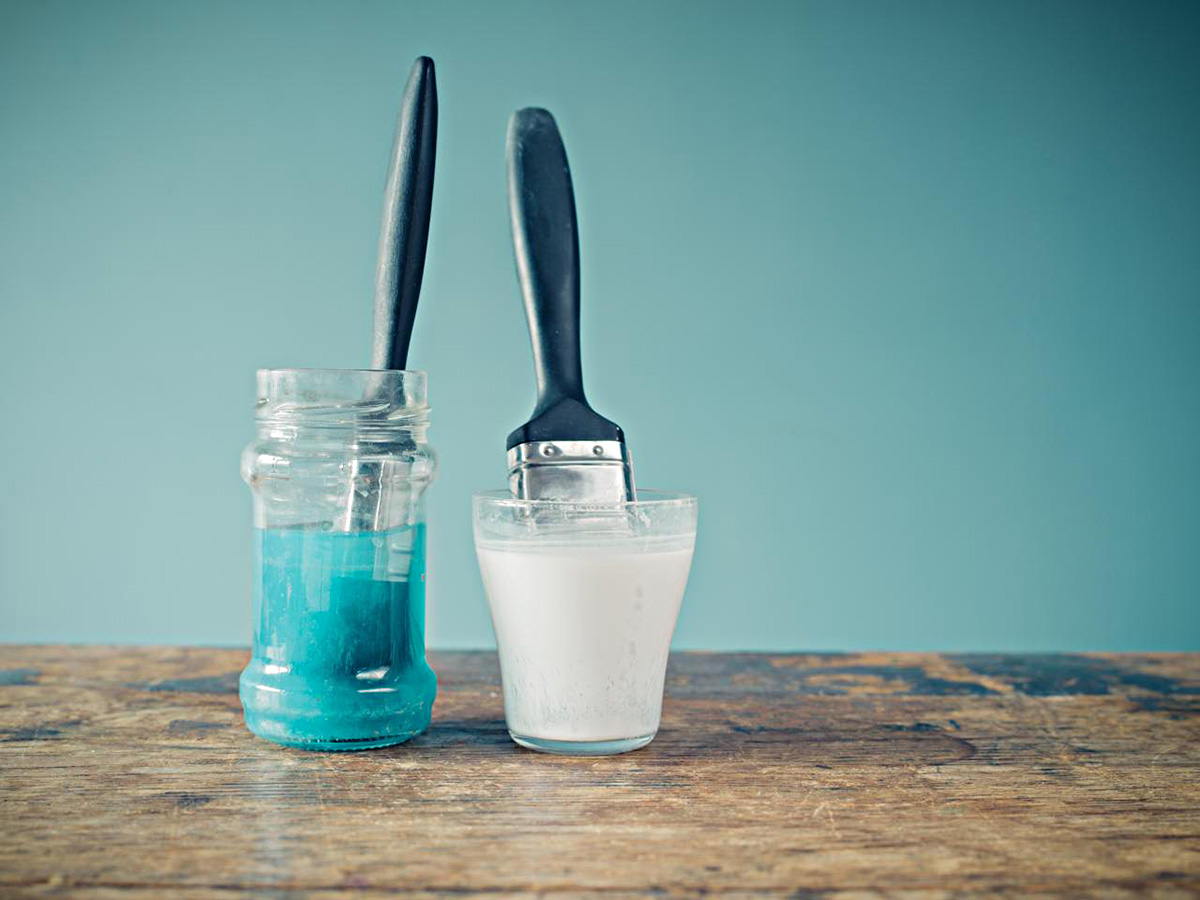
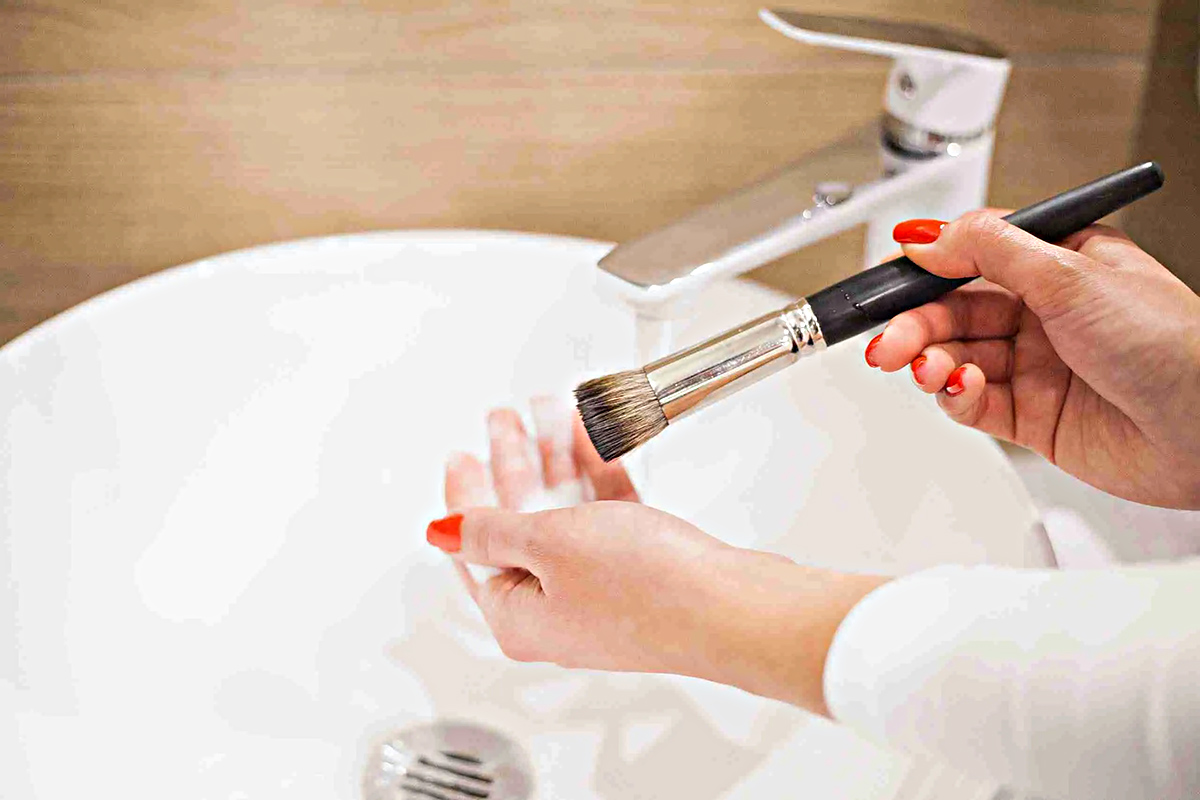
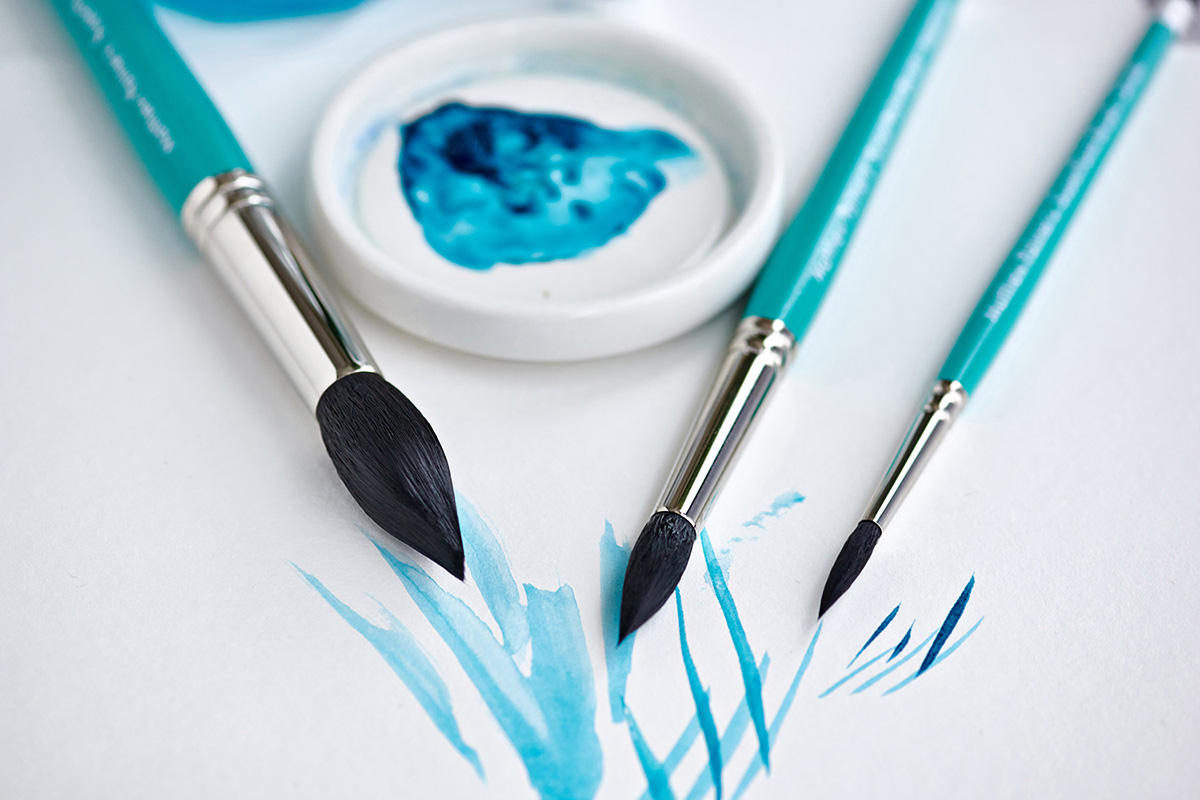

0 thoughts on “How To Clean Stained Paint Brushes”